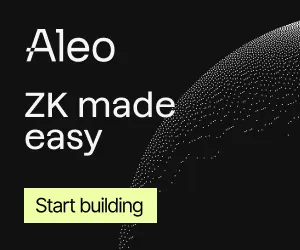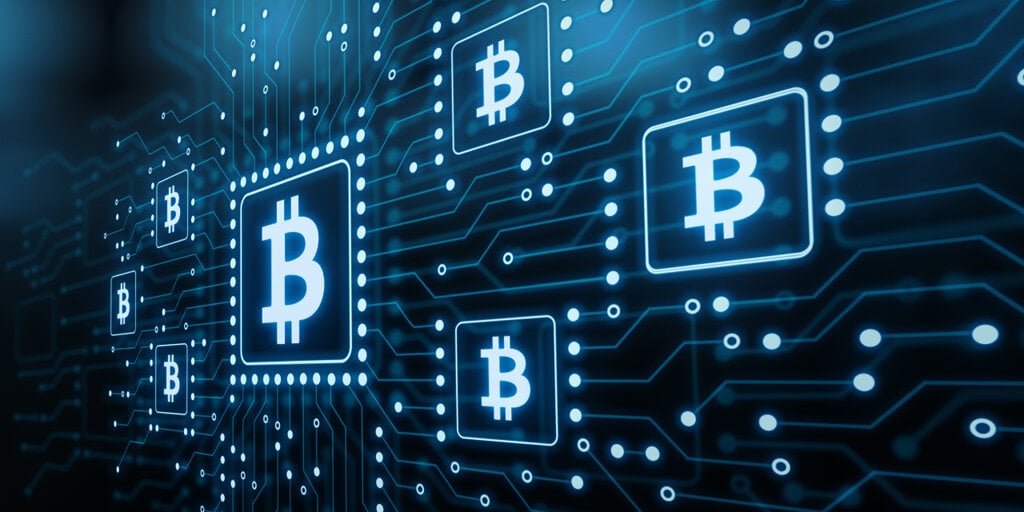
officially introduced Ethereum In the Dencun upgrade on March 13, 2024, Blobs are a new type of data storage space on the network designed to make rollups cheaper and more efficient.
The consensus within the Ethereum community is that the best way to scale Ethereum is to use rollups, i.e. Layer 2 or L2, and that the best way to scale rollups is to introduce blobs.
If Ethereum had a congestion period before Blob came out, it would have affected the transaction prices on all Layer 2s as well. The introduction of Blob removes the correlation between Ethereum congestion and Layer 2 transaction costs.
What is a blob?


Blob is a new data structure introduced to Ethereum in EIP-4844, more colloquially known as “Proto-danksharding”. EIP stands for Ethereum Improvement Proposal. This is a process where Ethereum core developers propose improvements to Ethereum.
Proto-Dank Sharding is the forerunner of Full-Dank Sharding and lays the foundation by introducing blobs. To simplify the transition to full-danke sharding, we do this in the same format that will be used when full-danke sharding is implemented.
Full Danksharding, or just Danksharding, is an upcoming Ethereum protocol update. This represents what Ethereum core developers believe is the final step (for now) to making Ethereum a truly scalable blockchain by making transactions faster and cheaper.
Proto-danksharding is a step to implement Danksharding. This introduces the concept of Blob-like Danksharding to Ethereum. Instead of jumping straight into full danksharding, start with proto-danksharding and the introduction of blobs to reduce the risk of introducing radical changes to the network too quickly.
How do blobs work?
Before Blob, when Layer 2 needed to verify a transaction, it would batch the transactions and send them to Layer 1 (Ethereum) for verification. The problem was that even after the data was verified, it was still stuck on the Ethereum blockchain, taking up block space forever.
This causes state bloat and makes Ethereum more congested. This also makes Layer 2 more congested.
With Blobs, when data is sent to Layer 1 for validation, it is sent as a blob, short for “binary large object”. Each blob has 4096 field elements and can store up to 32 bytes of data per field element. This equates to about 75MB per blob. You can think of it as a giant table of data, or… a big blob of data.
Blobs improve upon previous methods of validating data in that data can be deleted once it is verified in a blob. This eliminates the need for all transaction data from any rollup built on top of Ethereum to reside permanently on the Ethereum blockchain, taking up valuable space.
Blobs also operate using a separate Blob fee market, introducing “Blob Gas”. Blob Gas is independent of Ethereum mainnet Gas, so the only thing that uses Blob Gas is Blobs themselves.
What’s special about the blob?
Despite the funny name associated with Ethereum’s Dencun upgrade, it is a serious improvement. Blobs help reduce congestion on Ethereum and make rollups cheaper and faster to use.
This is because verified data on a blob can be deleted after use, and therefore does not cause state bloat on the Ethereum mainnet. “State bloat” refers to the fact that the more data Ethereum processes, the more data is permanently stored on the blockchain, and the more intensive it becomes to maintain the “state” of that network.
Separating the blob gas market from the existing gas market is also a notable improvement. Since the Blob has a separate gas market, congestion in Ethereum will not affect the Blob. If there was a highly anticipated large-scale event on Ethereum in the past, korean: Mint, congestion caused by this event will leak to Layer 2, making transactions there more expensive as well. Separating the blob gas market from the existing Ethereum gas market removes the correlation between Ethereum network congestion and Layer 2 transaction costs and speeds.
Blob also makes Layer 2 much more profitable. Before Blob, gas fees for Blobs were correlated to Ethereum network congestion, and the operating costs of Layer 2 and the Dapps built on top of it were much higher. Lower transaction fees allow builders and operators to run complex smart contracts or products at a lower cost.
stains at work
Looking at the on-chain data in rollup.wtf, we can see that most of Layer 2, which has the highest transaction volume per second, is already using blobs.
in TwitterJesse Pollack, founder of Layer 2 network Base, said that after Dencun, the cost of a simple swap transaction on Base dropped from $0.31 to $0.0005.
After two years of hard work, Blob is now live. @Base
Previous: $0.31
After: $0.00 (but actually $0.0005)You will need to update your wallet to account for these savings! pic.twitter.com/solIX9D4HM
— Jesse Pollock (jesse.xyz) 🛡️ (@jessepollak) March 14, 2024
However, it wasn’t all sunshine and rain. Blobs were actually slower than expected at posting transactions to Layer 1. Creating a new gas market for Blobs was successful in decoupled Ethereum congestion from rollup transaction costs, but the gas market itself needs some fine-tuning before it can become all that it’s hyped to be.
In one example in June 2024, a blob transaction was more expensive than the previous transaction. However, this can be seen as a sign that blob adoption is still in progress, and as L2 becomes more efficient at using blobs, more block builders will start accepting blocks. As blobs are included and blob capacity increases, costs decrease.
Vitalik Buterin addressed both of these issues in a March 2023 blog post published shortly after the launch of Dencun. Here, Buterin cites two key focus areas needed to continue scaling Blob. “We will gradually increase the blob capacity to eventually achieve 16 MB per data space slot to achieve the full vision of our data availability sample.” and “Improving L2 to better utilize the data footprint we have.”
So while the blob has had some growing pains, these were mostly expected issues and work is underway to address them.
daily report Newsletter
Start your day today with top news stories, original features, podcasts, videos and more.



